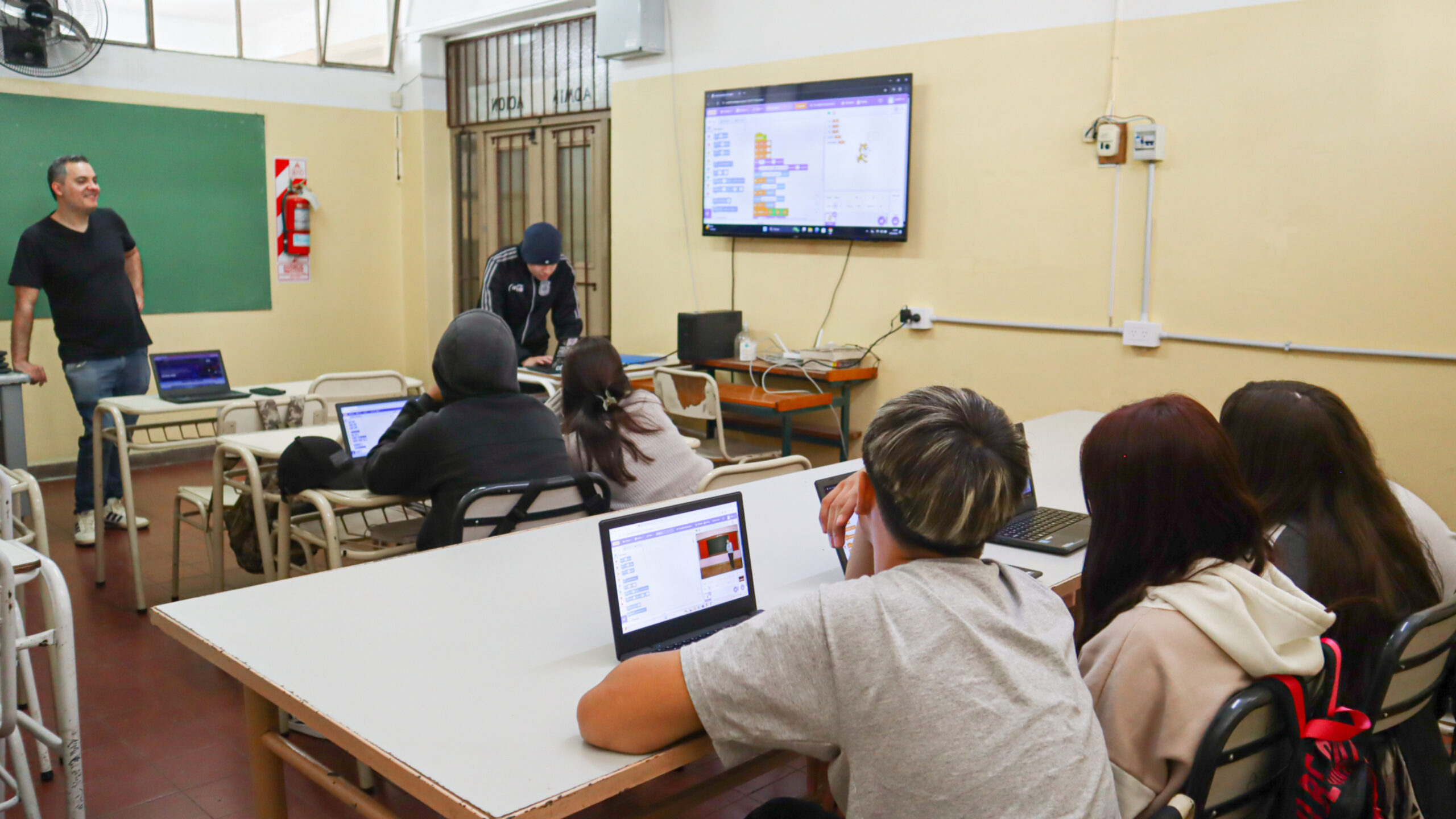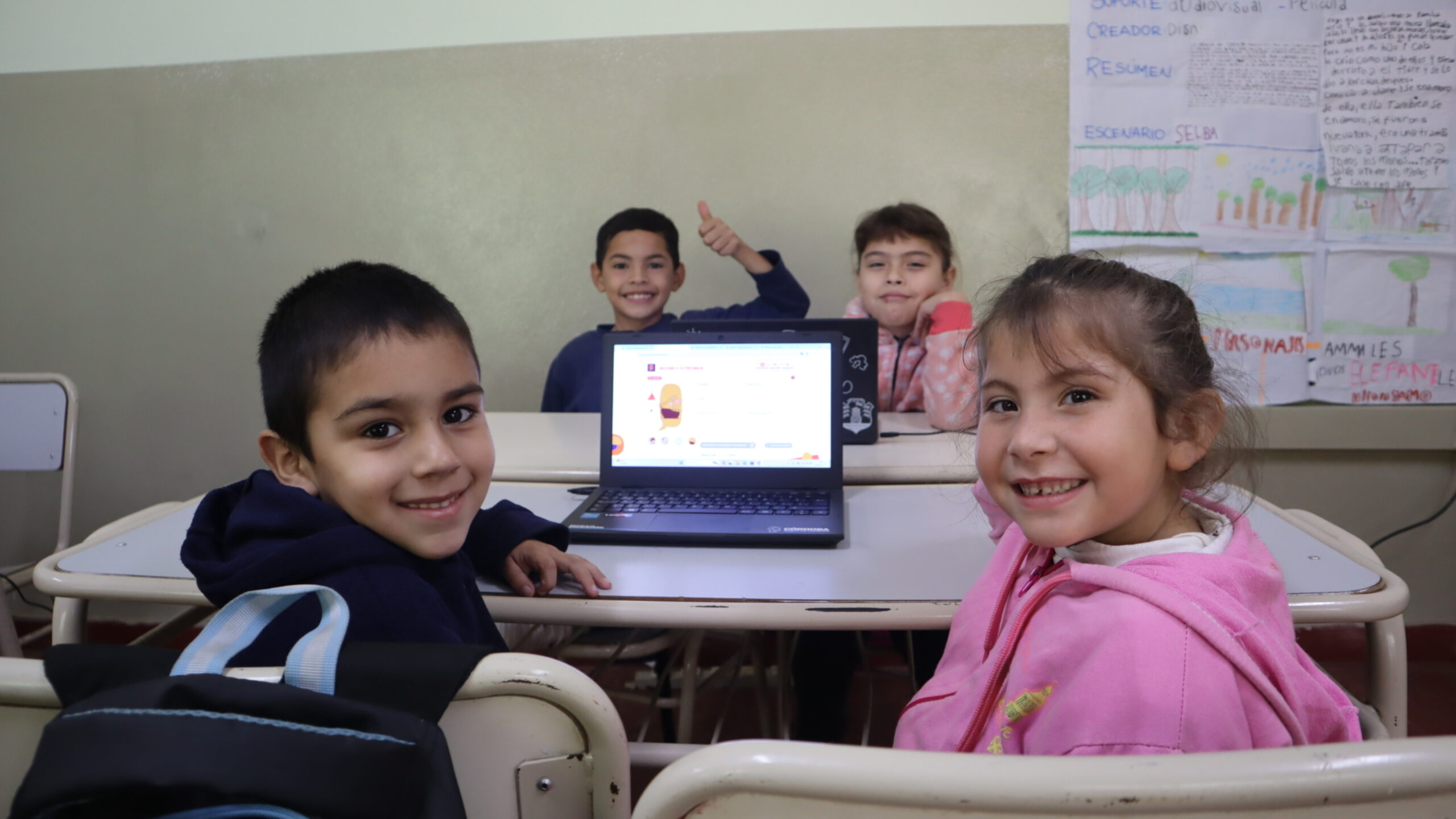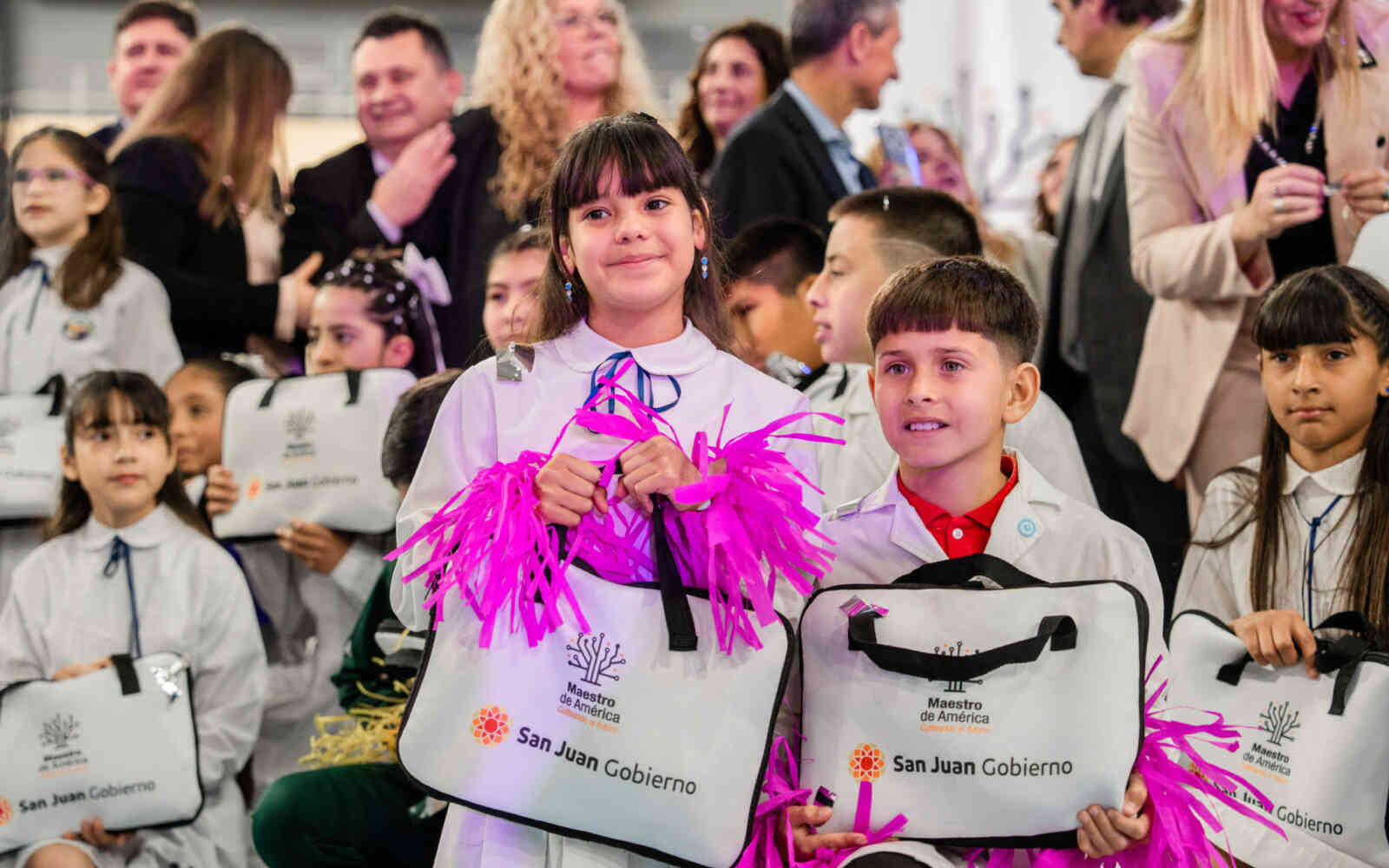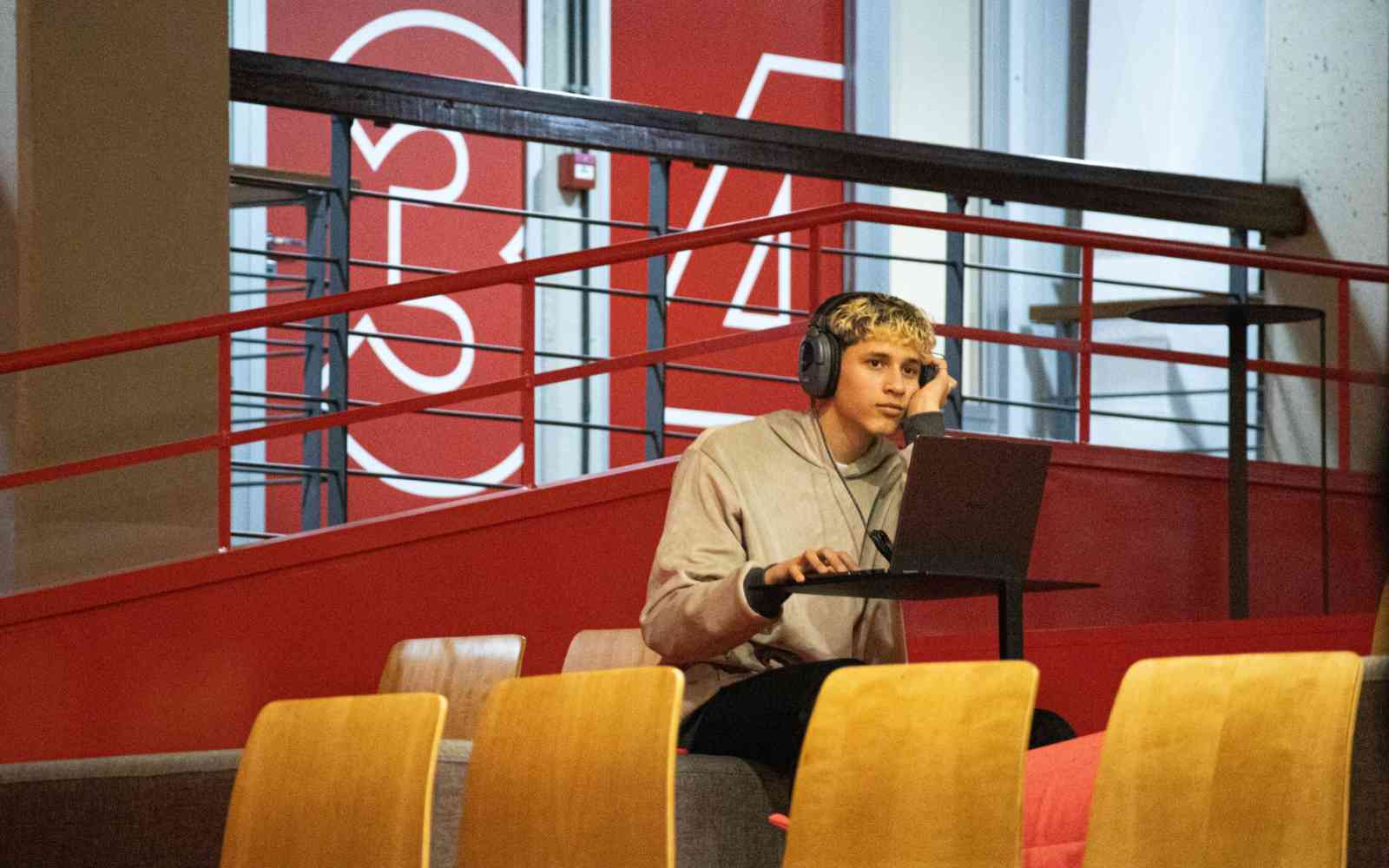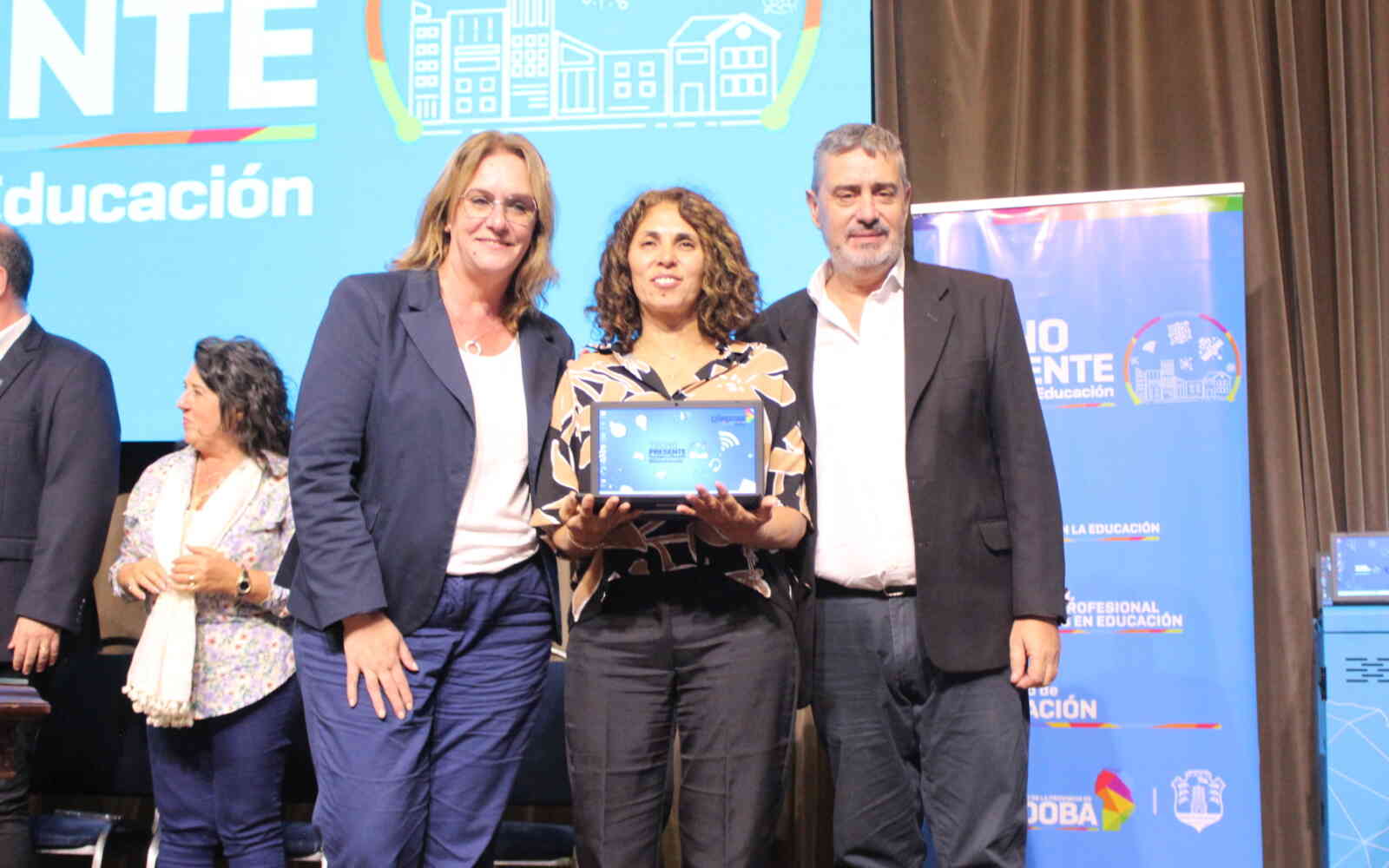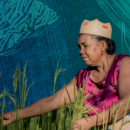The United Nations Office for Project Services (UNOPS)
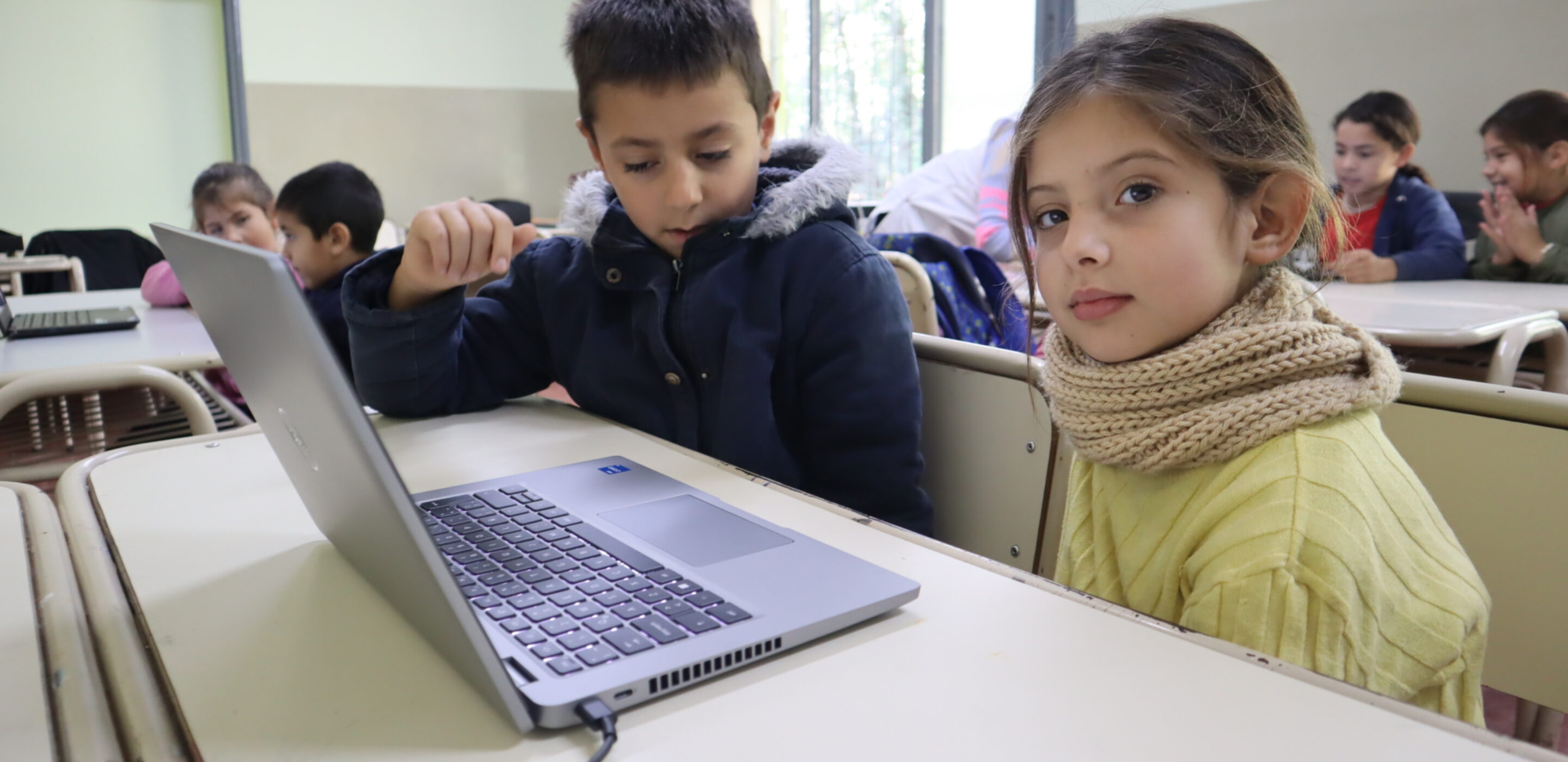
Click, learn, grow
In the Province of Córdoba, Argentina, the modernization of information and communication technologies in public schools opens new pathways for education.
-
1.8K storage and charging stations
.
-
+2K educational robotic kits
.
In an increasingly digital and connected world, traditional methods of teaching and learning are undergoing profound transformations.
While students grow up immersed in fast-paced, bite-sized digital content, traditional education faces growing challenges in capturing and maintaining their attention. At the same time, school can sometimes represent children and teenagers’ first opportunity to encounter and use an electronic device.
These realities highlight the potential of digital technologies not only to enrich learning experiences, but also to promote digital inclusion and meet students where they are.
In the Province of Córdoba, the importance of integrating technology into education has long been recognized, and public schools have been equipped to help bridge the digital divide and provide better learning experiences to their students.
Over time, however, wear and technological obsolescence can pose new challenges.
“Technology – especially school equipment – becomes obsolete very quickly due to the use that is given to it," says Gabriel Scarano, Director of Technology in Education, Ministry of Education, Córdoba Province.
To support, UNOPS worked with the Province of Córdoba to help renew and expand the IT equipment and infrastructure in thousands of public schools across the province, providing thousands of students with new learning opportunities and revitalized interest in their education.
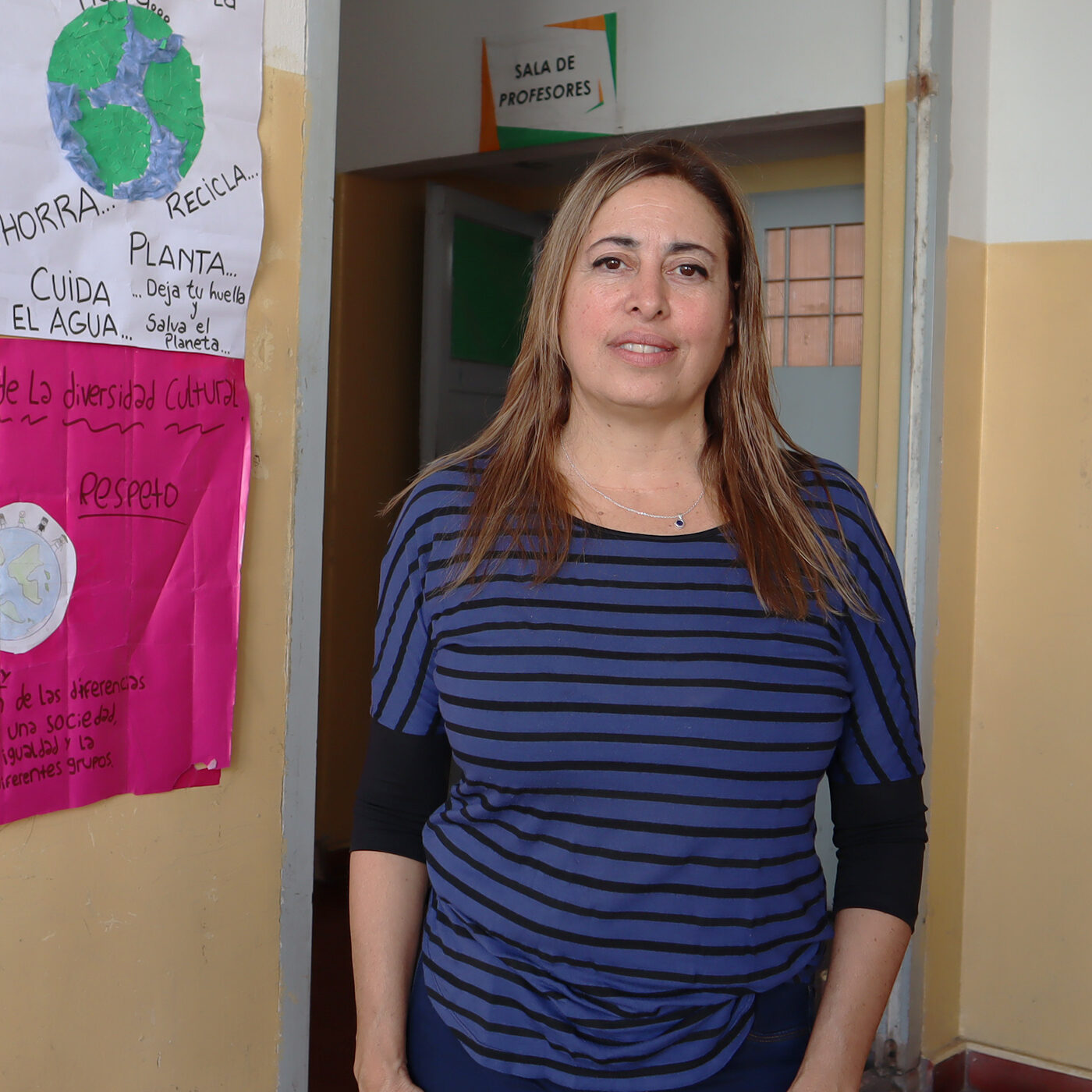
Three years ago, we had very few laptops at this school [...] Since the new computers arrived, the kids have become more interested.
This year we are looking at Figma, Python and Visual Studio Code. On the previous computers, it kind of froze, on these new ones, they work very well.
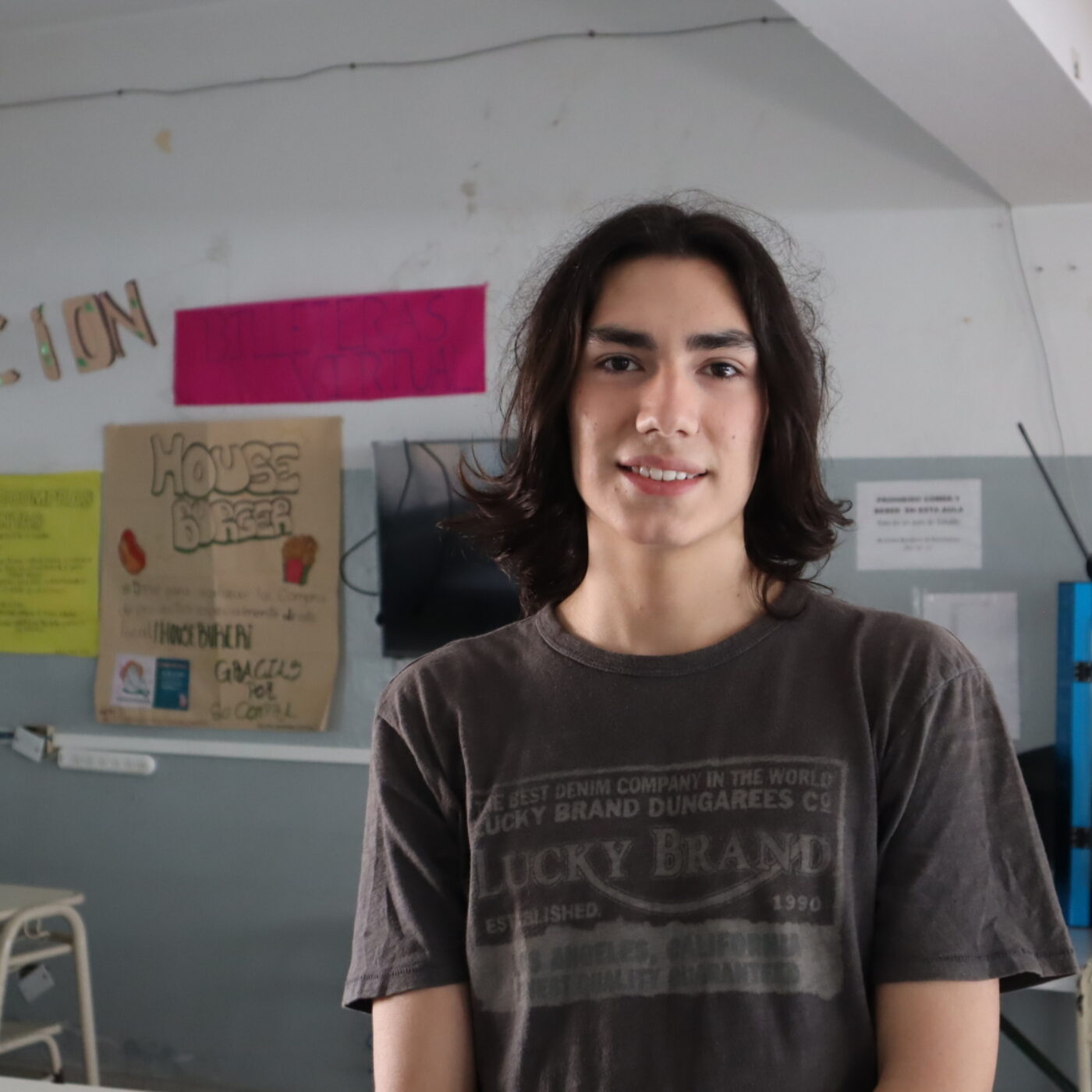
Driving technological integration
New equipment alone, however, won't automatically improve learning outcomes.
Beyond supportive educational policies and access to technology, the effectiveness of technology in the classroom relies heavily on teachers. They're essential for designing relevant learning experiences that effectively blend digital tools with curriculum goals.
This makes building their capacity incredibly important. Without their expertise, even the best digital tools can't reach their full potential.
“We know that equipment alone does not lead to better learning [...] Whenever technological devices are delivered, they are accompanied by training and support so that teachers can effectively maximize the use of that technology,” adds Gabriel Scarano.
As part of the project, UNOPS provided support to train a group of trainers from the Ministry of Education on how to use the new educational robotics kits. These trainers are, in turn, training teachers on how to use the kits in the classroom.
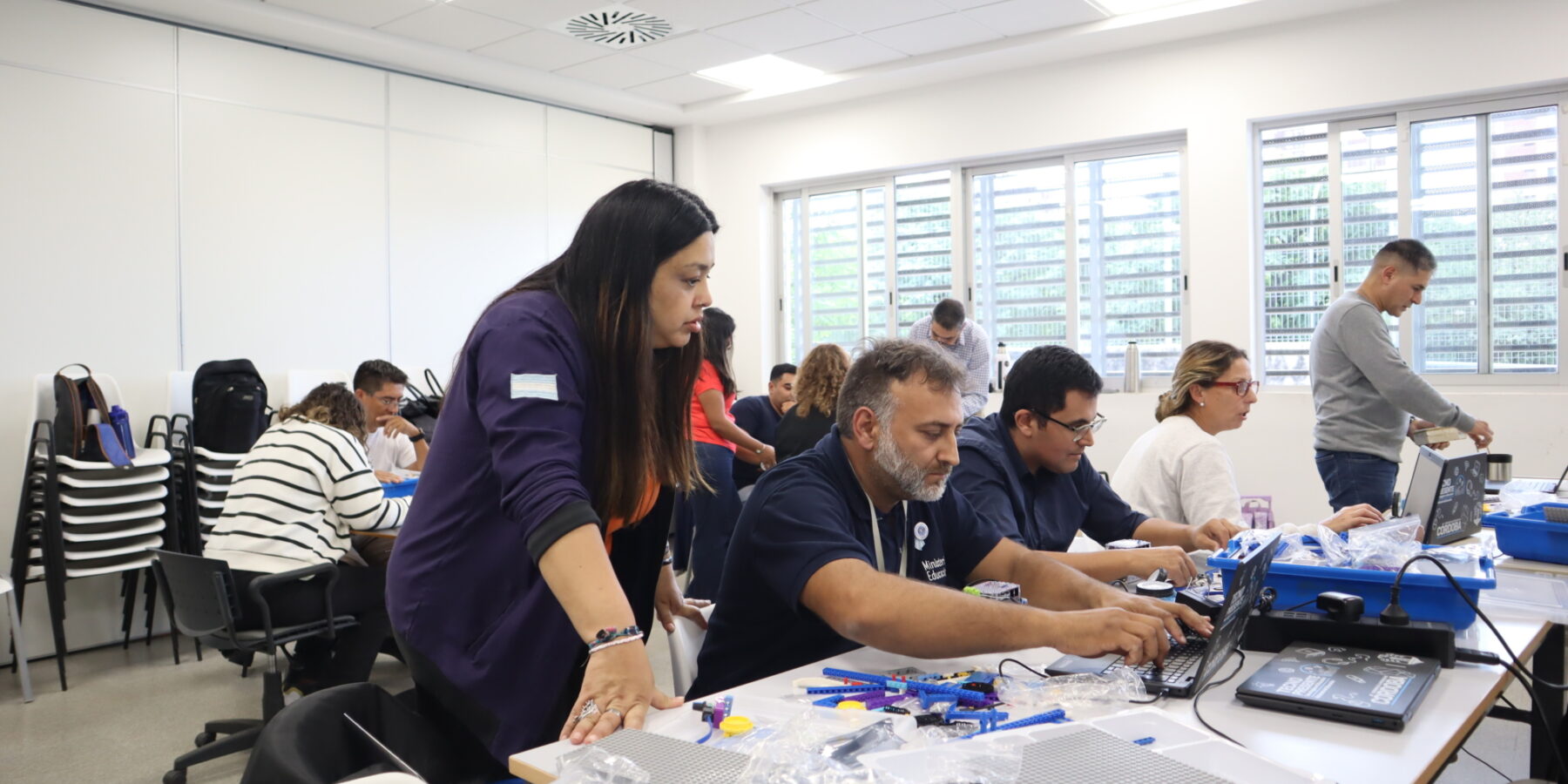
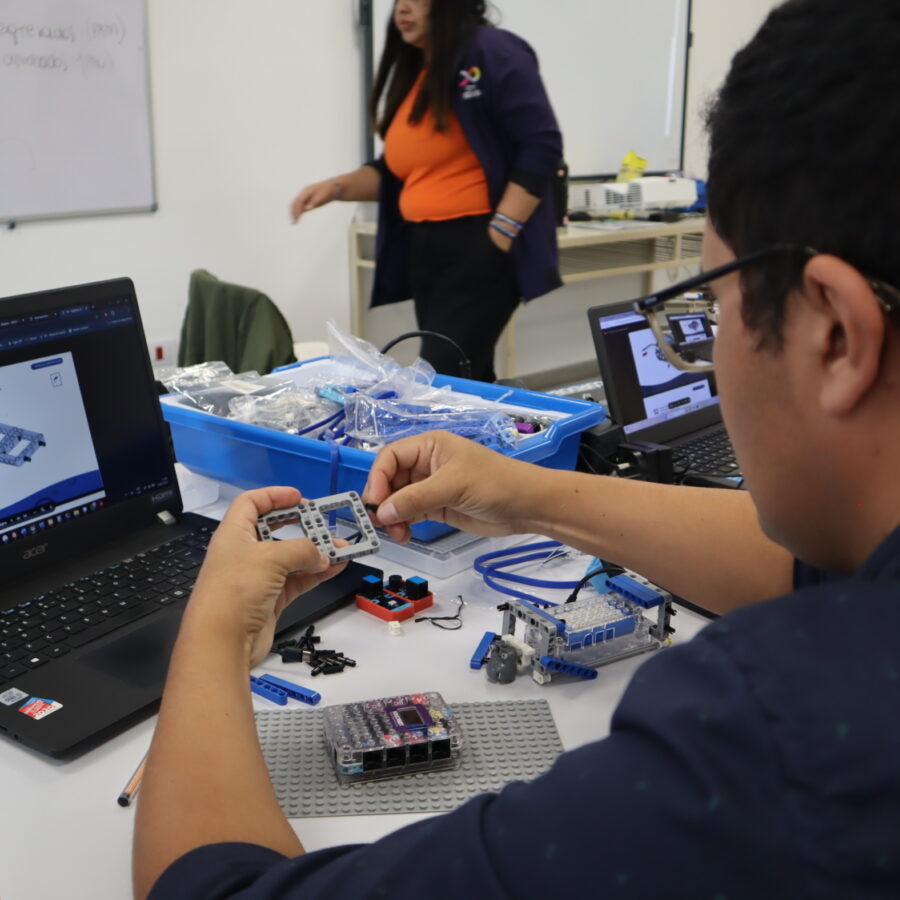
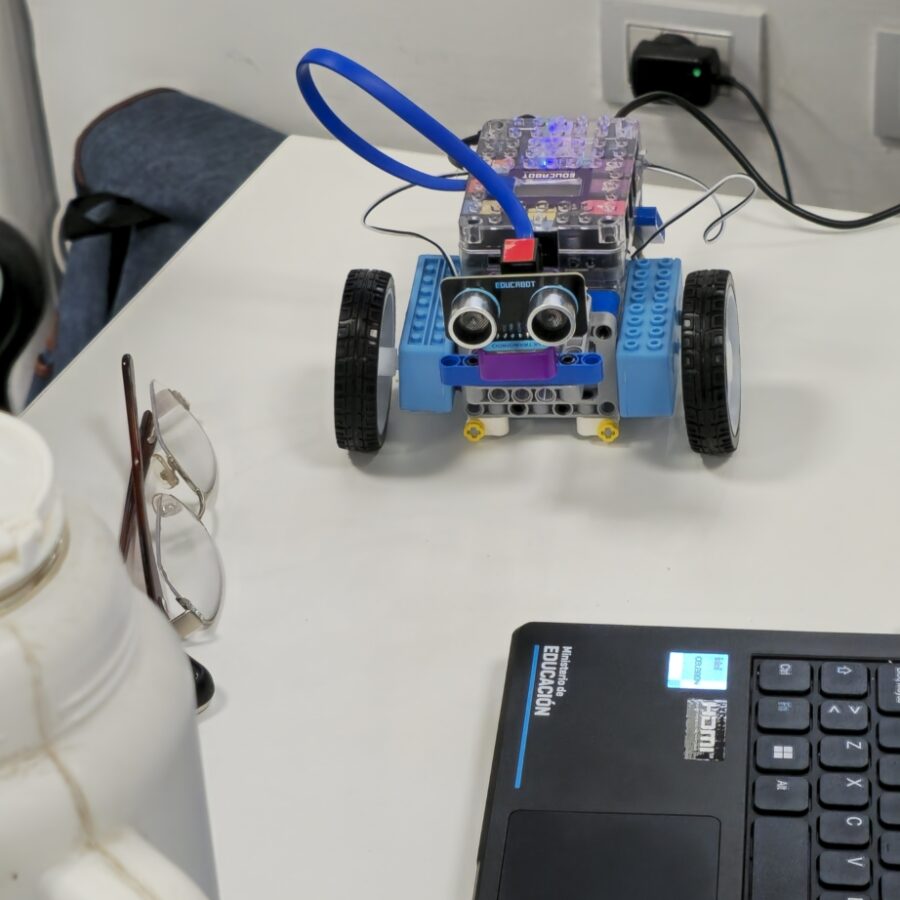
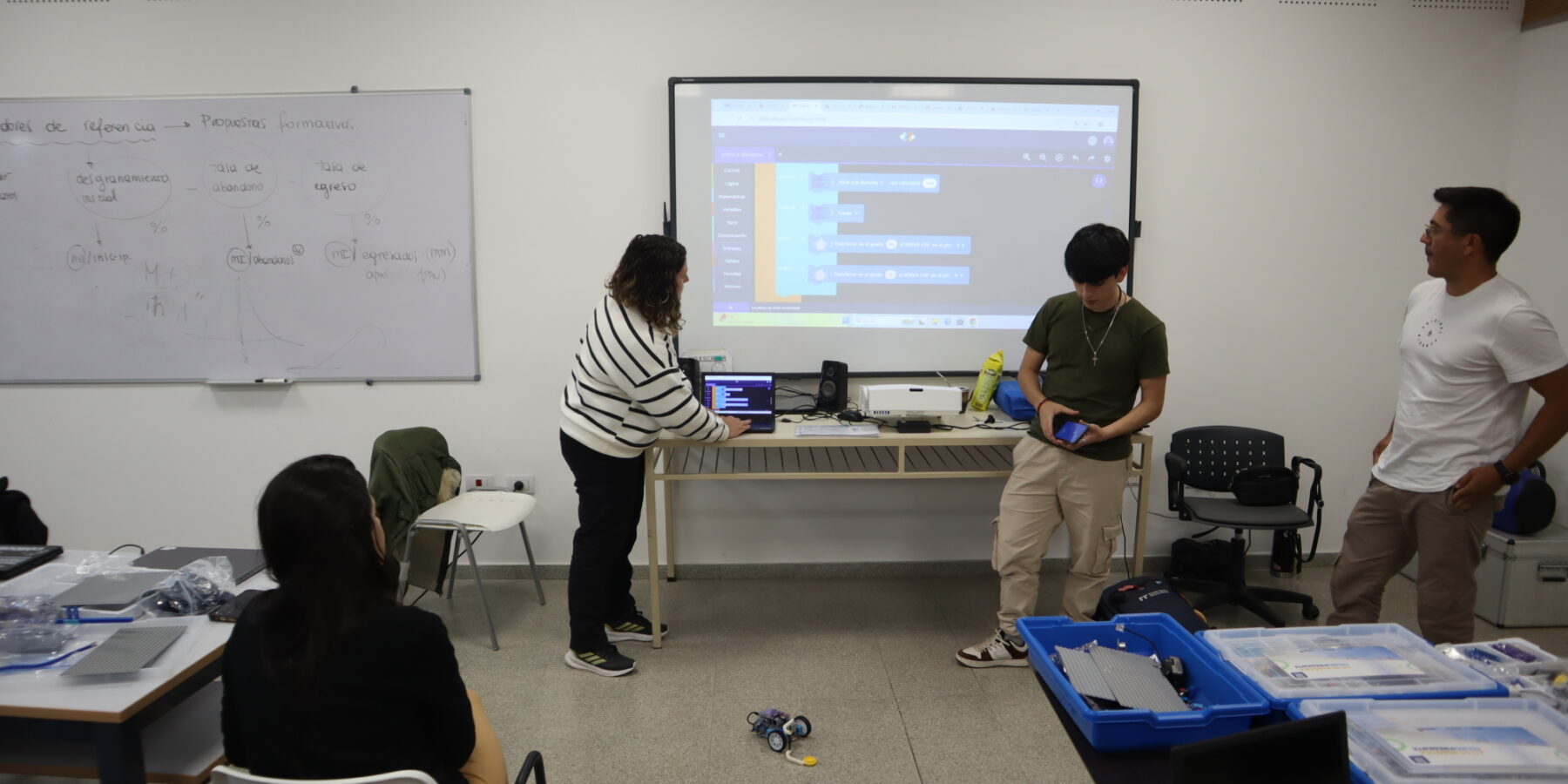
“The opportunity to have the [new] equipment challenges us to have teachers trained for its use. Teachers who have clarity about not only the use of the equipment itself, but [its] impact [...],” says Gabriela Peretti, Secretary of Innovation, Professional Development and Technology in Education, Córdoba Province.
“Like students, I think that teachers are also called to understand the world, to understand how it works,” says Melisa Sourenián, member of the educational technology management team, Ministry of Education of the Córdoba Province and training participant.
During the training, participants emphasized the wide range of possibilities the kits offer for developing multi-disciplinary projects – integrating knowledge from various areas in an engaging way – demonstrating strong potential to enhance learning processes, increase student engagement and create real-life solutions.
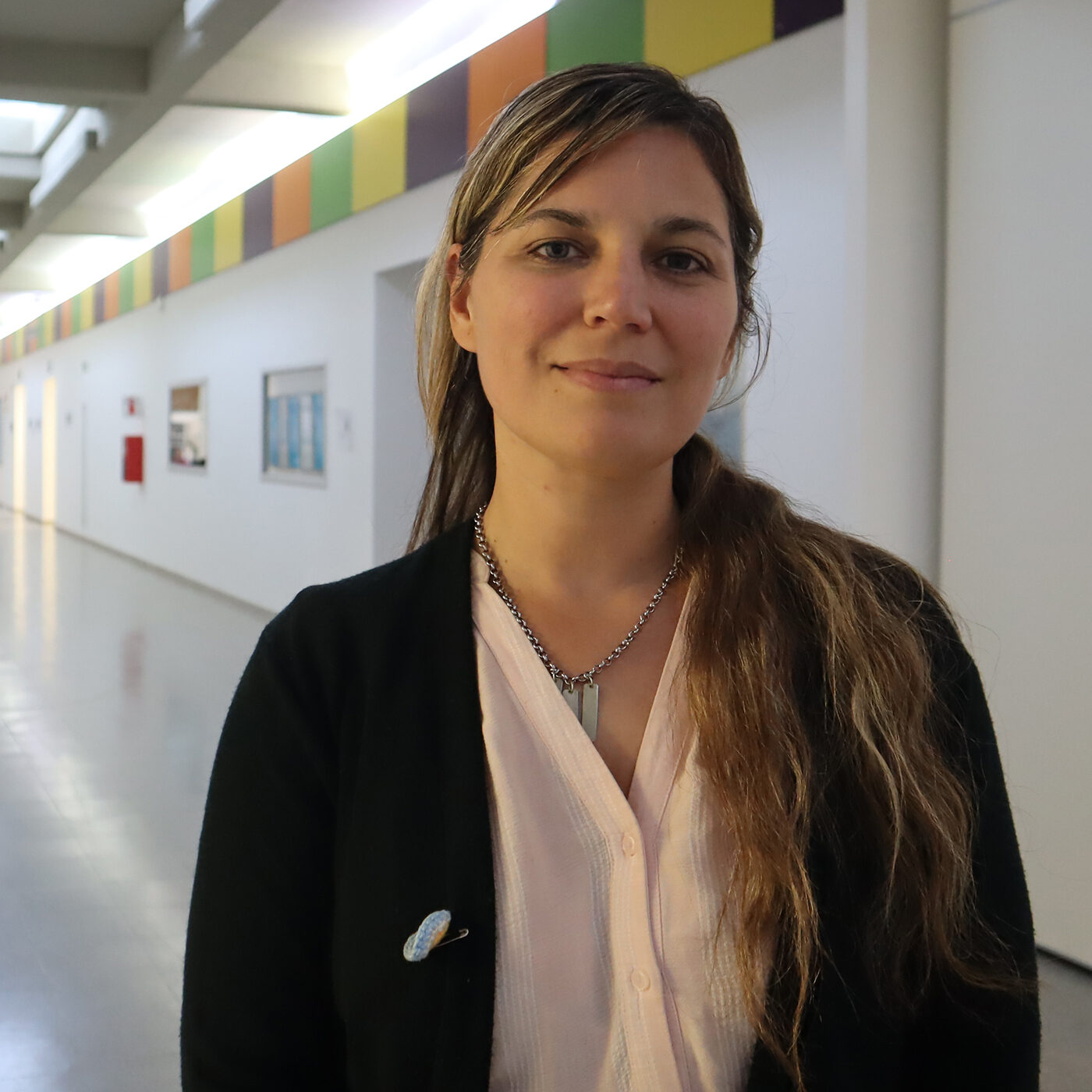
One of the biggest surprises [of the training] was how robotics and programming are linked to understanding the world around us, which I think is beautiful for students, because I believe that [...] one of the motivations for learning is to understand the world.
For a student, even for me, I first saw [the robotic kit] as a toy that I can design. Imagine a toy that I can tell what it does, what it doesn't do, and learn from that. So, it's like the game of learning, basically.

Enriched learning experiences for all
In both primary and secondary schools – traditional and technical, and in urban and rural areas – the upgraded technology is benefiting students across the province in all subjects and grade levels. It is promoting educational equity and supporting engaging learning experiences for all.
From creating audiobooks and interactive stories, to developing automated irrigation systems, students are taking an active role in their own learning. By combining their creativity and imagination with technology, they are unlocking a world of possibilities.
“[Technology] brings them closer, takes them to another world and new horizons; it opens doors, motivates, and connects — and it also speeds up processes,” says Isabel Carranza, a school supervisor.
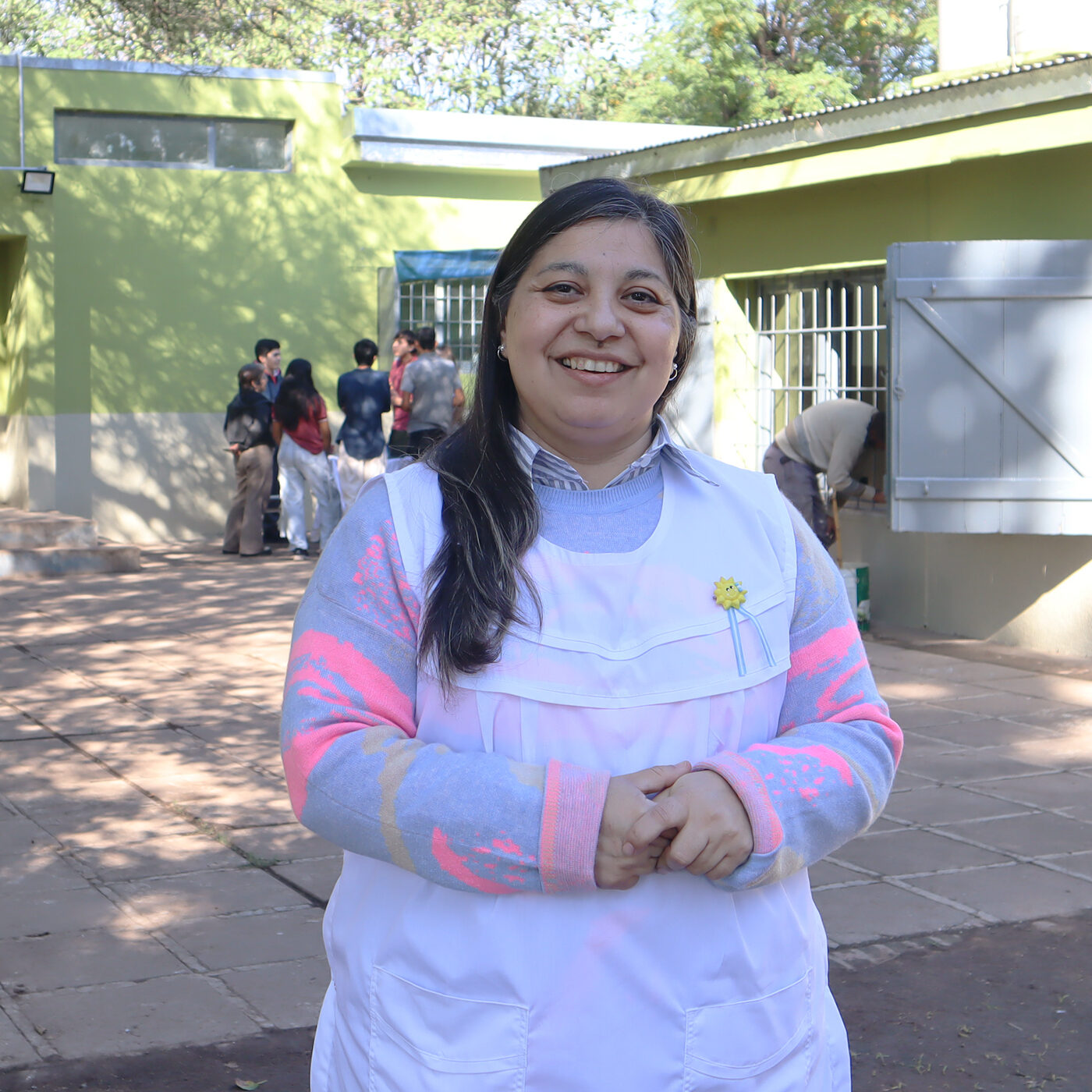
We are working on a project where we have to continue the story of Tarzan. [...] Working with different online applications, the students can describe characters, give their imprint, and are able to work on what is diversity [...]. It is a very significant work that is carried out with the netbooks.
This is our project, it's called ‘Aqua Lluvia’. We started it about 3 years ago in 2023 after the school was flooded [...]. What happened? We thought, 'What we can do is reuse the water from that rain'. And that's when the idea of the garden came to us.
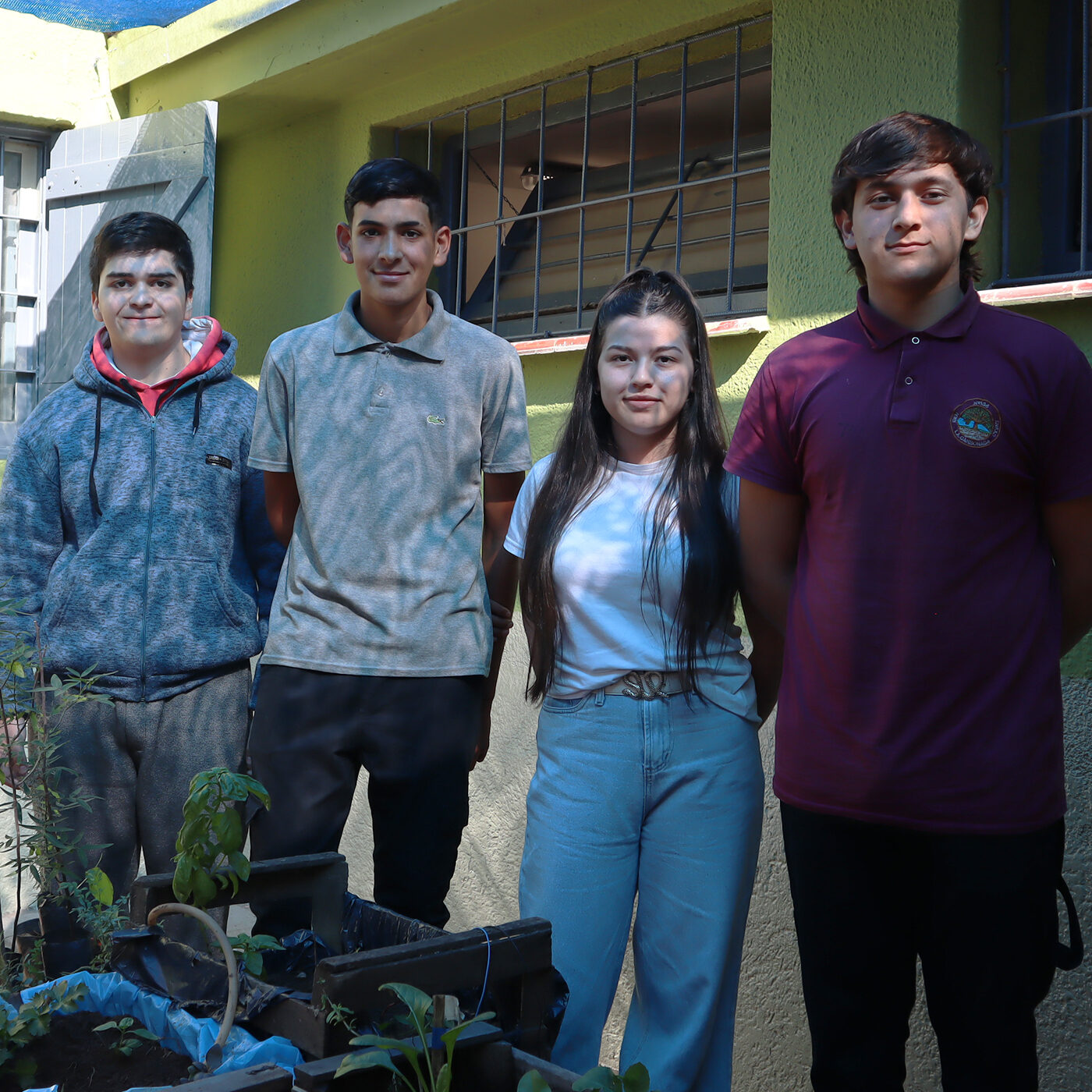
About the project
The project 'Support for the Modernization of Technological Infrastructure in the Province of Córdoba' aimed to strengthen the pedagogical use of information and communication technologies in public schools by providing new equipment while also modernizing the provincial government's technological infrastructure. The two-year project was funded by the government of Córdoba and implemented by UNOPS.







